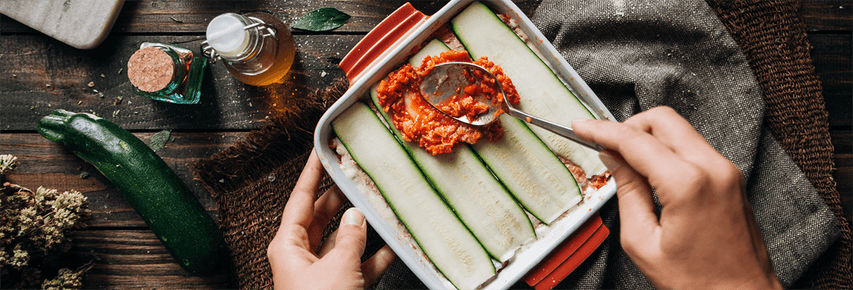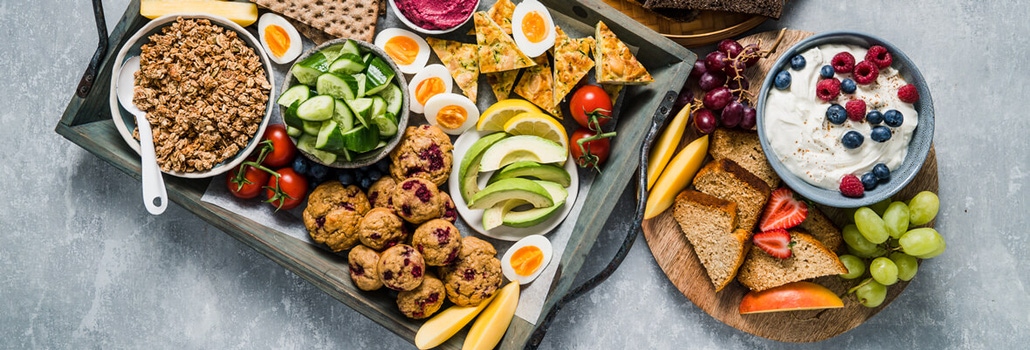
8 tips for creating the perfect grazing platter
The beauty of a well-styled grazing platter goes beyond good looks. An abundant board can sustain your guests without the need for a main meal and provides an inviting way for people to come together and celebrate.While the thought of where to start may be overwhelming, there are a few things to keep in mind that will help your platter planning.
Food photographer and stylist Jennifer Jenner, also known as blogger 84th&3rd, shares her 8 steps to creating a gloriously good grazing platter that will please your eyes and your tastebuds.
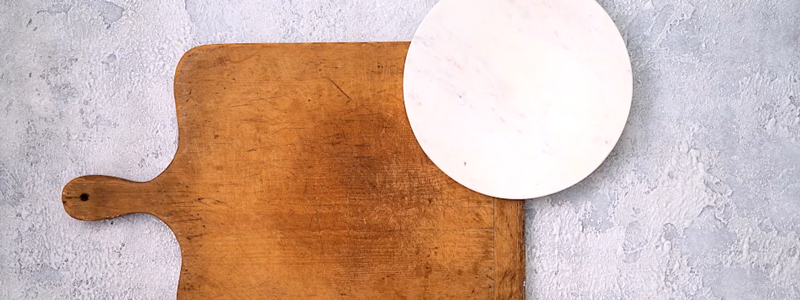
1. Have a plan
Start by choosing a board size (or mix of boards) to suit your ingredients. You want it to look abundant, but not too crowded. Grazing platters can be arranged on a single board or you can group together multiple boards and plates to form an arrangement down the centre of a table.
2. Get theming
While this isn’t mandatory, focusing on a theme, whether it's colour-based, culture-focused, or meal-type, can help to pull otherwise disparate items together into a lush platter. Any props or colours should tie-in with your theme too.
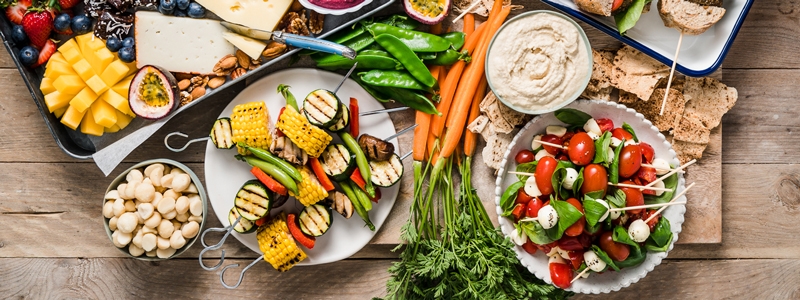
Summer BBQ grazing platter. See the recipe here.
3. Make it filling
A vegetarian grazing platter will no doubt be filled to the brim with colourful fruit and veg, but that doesn't need to be all! Pick two or three main dishes that work well as individual or mini-servings. Veggie sausage rolls, frittata bites, and mini-muffins are a great way to feed a crowd. When you’re ready to start styling, place these larger items first. Make them the focal point of your platter and then fill in the remaining spaces.
4. The power of three
Whenever possible work with odd numbers of similar items, such as three small bowls of dips. Odd numbered groups are more pleasing to the eye than even numbers. Using smaller groups of plates and dishes on top of your grazing board also creates multiple visual elements, as well as keeping unwieldy ingredients, such as dips or olives, together.
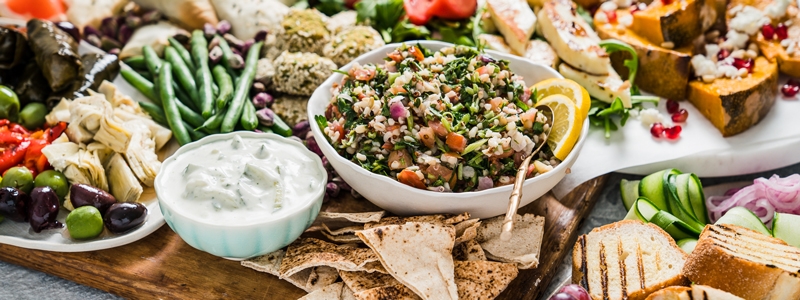
Mediterranean grazing platter. See the recipe here.
5. Remove any plastics
Anything prepacked like crackers or marinated veggies can be decanted from their containers into dishes. When it comes to dishes, anything goes - from your Nan's old cake tin to ceramic ramekins or clean jars from the back of the cupboard!
6. Choose seasonal fruit and veg with staying power
Aim for a good mix of seasonal fruit and veg for dipping and eating. Not only will this keep costs down, but it supports local growers and it’s better for you.
- For veggies, it’s best to stick to firm and crisp varieties that are easy to grab and will also retain their freshness through the party. Think carrots, celery, capsicum, baby corn and green beans.
- For fruit, choose varieties that won’t brown easily and have staying power, such as grapes, strawberries, cherries, blueberries and blackberries. Dried fruit is also a good option that will last and pairs well with other platter ingredients like cheeses.

7. Turn up the textures
Make sure you're including a range of edible texture too, from crunchy veggies and nuts to soft, sweet berries and cheeses - including a variety of foods is the key. You can also get creative with your presentation to up the texture and fun factor. Try popping chopped veggies on skewers or creating fruit shapes with cookie cutters.
8. Mind the gaps
Fill in open spaces around main-plates, cracker stacks and dip bowls with berries, nuts and smaller cut-veggies. Don't forget to add a few flourishes at the end - such as fresh herbs and edible flowers to make your platter feel generous and bountiful.
See our grazing platter recipe collection for some inspiration! Or select one of the grazing platters below to go straight to the specific theme.
The latest nutrition advice, plus health and wellness tips delivered to your inbox monthly
